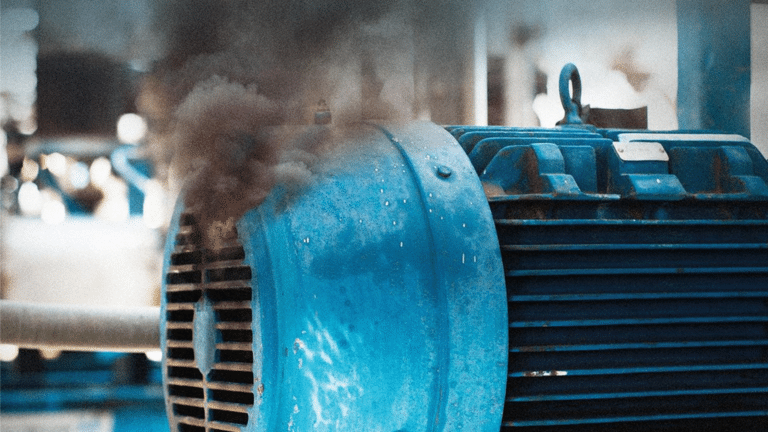There are a variety of additives in oil that you can use to improve its performance. Some additives have properties to protect your equipment, while others improve the lubricating properties of the oil. In order to get the most out of your lubricant and equipment, it’s important to understand the characteristics of additives in oil. Two key characteristics are how additives in oil are depleted and how more additives can actually deteriorate performance.
Tip #1: More Additives in Oil isn’t Always Better
Too much of a good thing can be bad. There is a fine balance between the right amount of additives and too much. You’ll want to find this balance not only for the performance of your lubricant and equipment, but also to ensure you’re not wasting money on additives. In some cases, adding more won’t improve performance but it will extend the life of the lubricant and additive. So, it’s really about monitoring, analyzing, and continually improving your lubrication management based on what works best for your equipment.
Tip #2: Beware of Unexpected Results
You have likely read many warnings about cross-contamination of lubricants, as they can react negatively resulting in varnish, sludge, or damage to equipment. Additives in oil can also create these unexpected results. When adjusting additives, you have to pay attention to all of the important lubricant properties. In adding more of one additive, you may improve the property your focus is on. But, you could degrade the quality of another property that may be equally or more important to you.
Tip #3: Be Mindful When Mixing Additives
Similar to tip number two, mixing additives can have unexpected results. For example, let’s say you add an anti-wear additive to a lubricant that also has a corrosion inhibitor. Both of these additives function on the metal surface of your equipment, which means they now have to compete for the surface space. In this case, you may end up with an increase in corrosion when all you wanted was the benefit of an anti-wear agent. So, when working with additives in oil, always monitor other factors to detect issues before they become a major problem.
Tip #4: Prevent Contamination for the Sake of the Additives in Oil
Contamination of dirt, dust, and debris is bad for your equipment and bad for the additives in your lubricant. A process called “adsorption” happens where your additives attach to the contaminant particles and settle at the bottom of the reservoir. There, you will filter them out and deplete your additive package. The fewer contaminants you have, the longer your additives will remain.
Tip #5: Don’t Rely Only on Additives without Best Practices and Root Cause Analysis
While advancement in additive development allows lubricants to do more, work better, and last longer, they shouldn’t replace other best practices. For example, you can use a demulsifying additive to reduce water contamination of your lubricant. But, you must also perform a root cause analysis to find where water is entering your system. If you rely on the additives to do the work, it is a less holistic approach to your overall lubrication management and asset reliability.
Tip #6: Implement a Lubricant Analysis Program
If the concentration of additives gets out of balance due to decomposition or depletion, it will impact the overall quality of your lubricant. Some of the issues of additive depletion include:
- Viscosity increase
- Sludge formation
- Corrosion of bearings and metal surfaces
- Wear rates increase
A lubricant analysis program will help you monitor the health of your additives to avoid the negative impact of additive depletion.
Oil additives are a necessary part of the lubrication process, and they can help improve performance and extend the life of your equipment. However, you need to be mindful of how you use them and what other factors might be affecting their efficacy. Implementing a lubricant analysis program is one way to ensure that you’re getting the most out of your additives in oil. If you’re not sure where to begin, we are happy to partner with you on your lubrication management goals.


